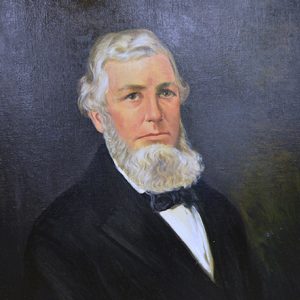 Christopher C. Scott
Christopher C. Scott
Time Period: Civil War through Reconstruction (1861 - 1874)
 Christopher C. Scott
Christopher C. Scott
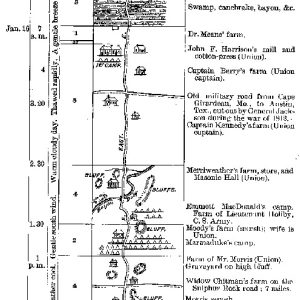 Scout Map
Scout Map
Searcy and West Point, Scout to
Searcy County, Skirmish at
Searcy, Affair at
Searcy, Fairview, and Augusta Expeditions
aka: Attack on Steamers Celeste and Commercial
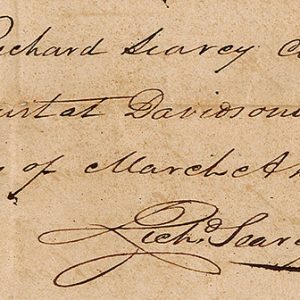 Richard Searcy Signature
Richard Searcy Signature
Searcy, Skirmish near (August 13, 1864)
Searcy, Skirmish near (September 13, 1864)
Searle, Elhanan J.
Secession Convention
Second Arkansas Cavalry (CS)
Second Arkansas Cavalry (US)
Second Arkansas Infantry (African Descent) (US)
aka: Fifty-fourth U.S. Colored Infantry
Second Arkansas Infantry (CS)
Second Arkansas Infantry (US)
Second Arkansas Infantry Battalion (CS)
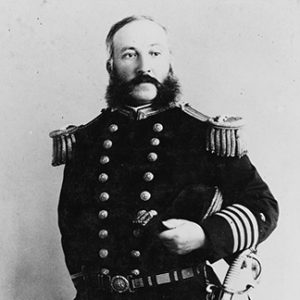 Thomas O. Selfridge
Thomas O. Selfridge
Seventeenth Arkansas Infantry (CS)
Seventh Arkansas Infantry (CS)
Shallow Ford, Skirmish at (August 30, 1863)
Shallow Ford, Skirmish at (September 2, 1863)
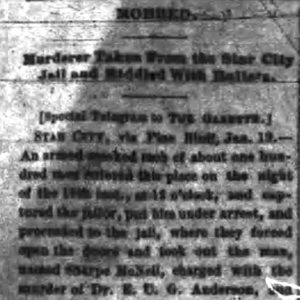 Sharpe McNeil Lynching Story
Sharpe McNeil Lynching Story
Shaver, Robert Glenn
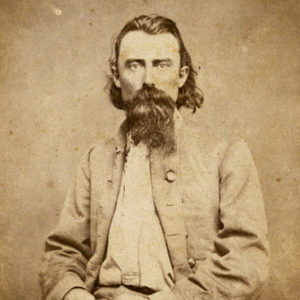 Joseph Shelby
Joseph Shelby
Shelby, Joseph Orville
aka: Jo Shelby
aka: J. O. Shelby
aka: Joseph O. Shelby
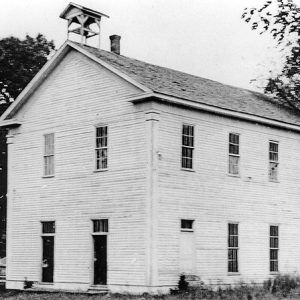 Shiloh Church
Shiloh Church
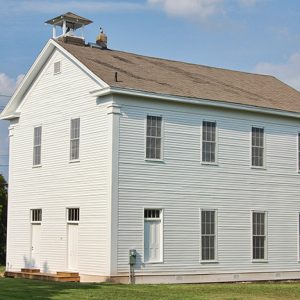 Shiloh Church
Shiloh Church
Shiloh Meeting Hall
aka: Shiloh Church
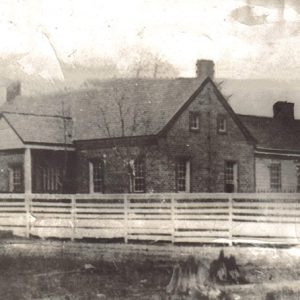 Shoppach House
Shoppach House
 Francis A. Shoup
Francis A. Shoup
Shoup, Francis Asbury
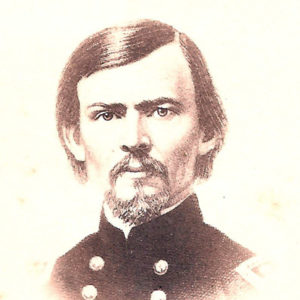 Franz Sigel
Franz Sigel
Sixth Arkansas Volunteer Infantry (CS)
aka: Capital Guards
Sixtieth U.S. Colored Infantry Regiment
aka: First Regiment Iowa African Infantry
Sixty-Ninth Regiment, United States Colored Troops (US)
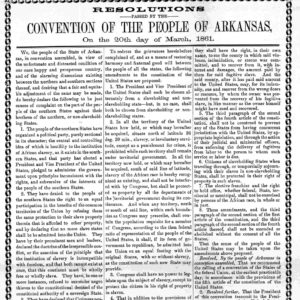 Slavery Resolution
Slavery Resolution
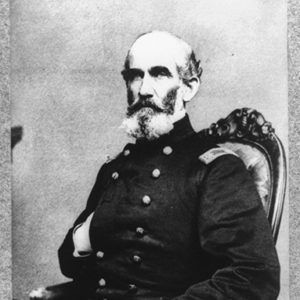 Andrew J. Smith
Andrew J. Smith
Smith, Andrew Jackson
Smith, Edmund Kirby
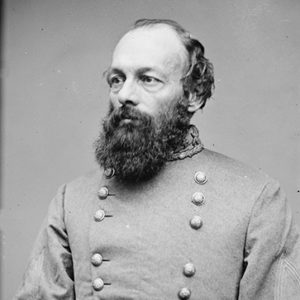 Edmund K. Smith
Edmund K. Smith
 Jabez M. Smith
Jabez M. Smith
Smith, Sarah Jane
Smith, V. V.
aka: Volney Voltaire Smith
 V. V. Smith Grave
V. V. Smith Grave
Smithville, Skirmish at (June 17, 1862)
Snyder, Oliver P.
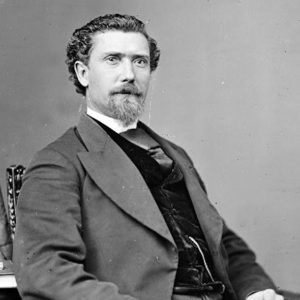 Oliver P. Snyder
Oliver P. Snyder
 Soldier with Bowie Knife
Soldier with Bowie Knife




